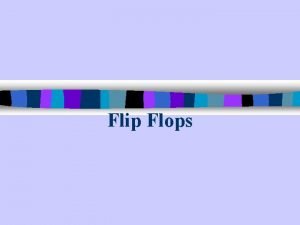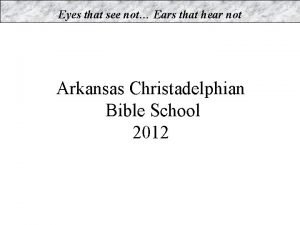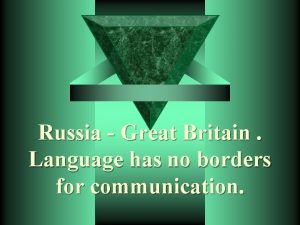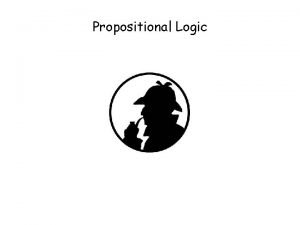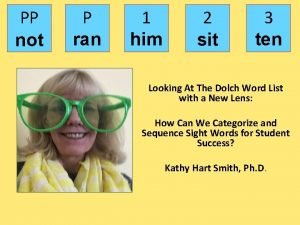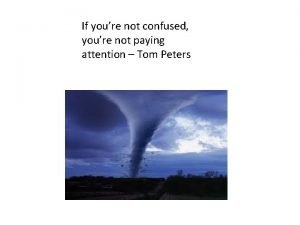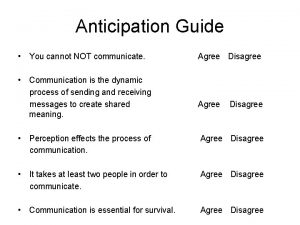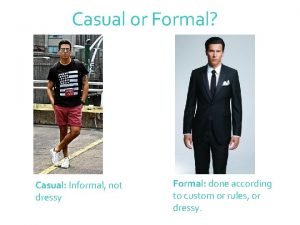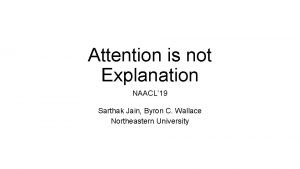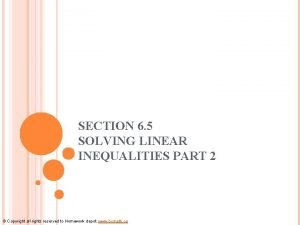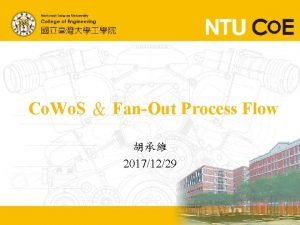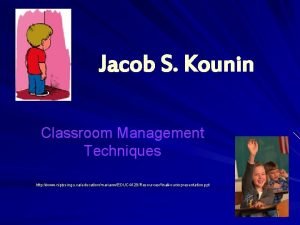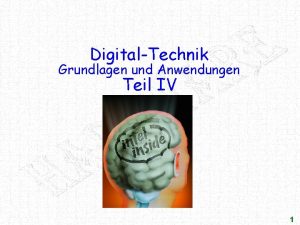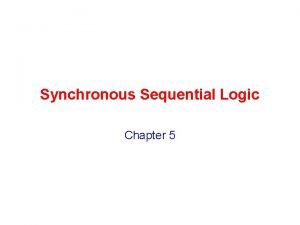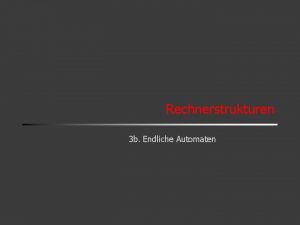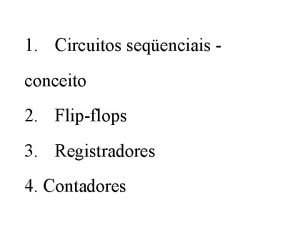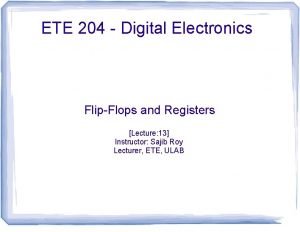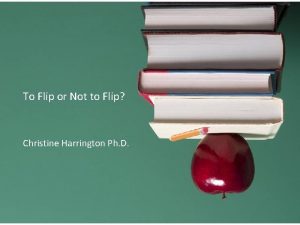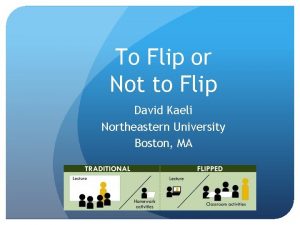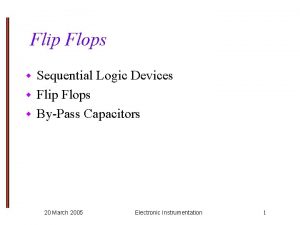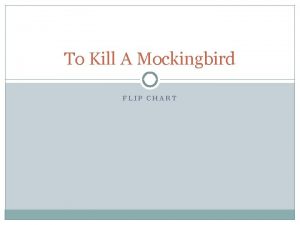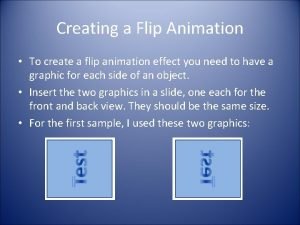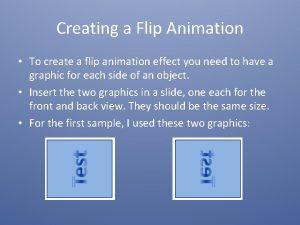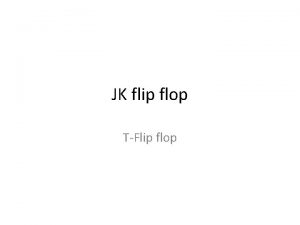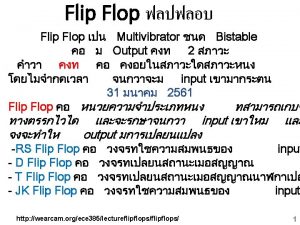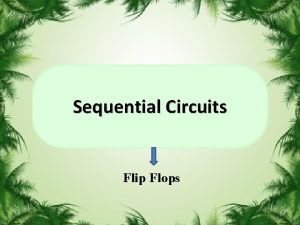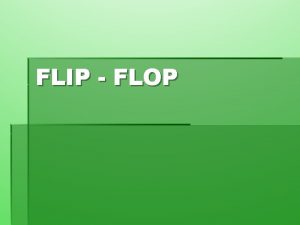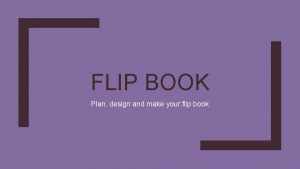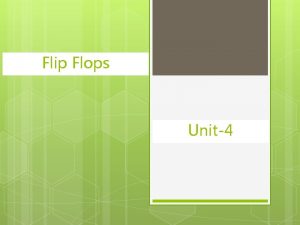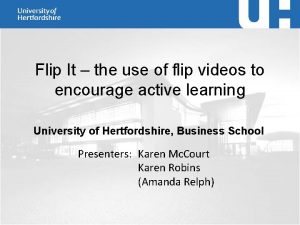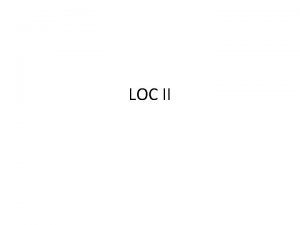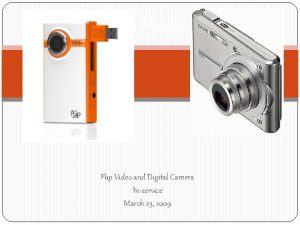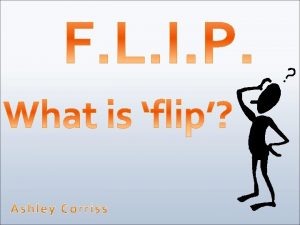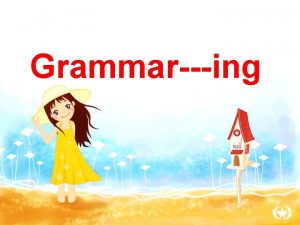To flip or not to flip Is that
































- Slides: 32

To flip or not to flip Is that the question?

What is the question? Why? How When What? Who?



Impact of new technology • 2013 = 1, 000 • 2018 = 36, 000

Metaphors for life

Four pillars of flipped learning F • Flexible learning environment L • Learning culture is flipped I • Intentional content for instruction P • Professional educators

What is different about resources for flipped learning? • Wider range of topics ▫ Range of possible Flipped Learning methods • Individualised learning ▫ As well as collaborative learning


What could be different? • Rubrics increasing complexity • Questioning technique • Project Management – ▫ Time management ▫ Thinking about thinking and work • Choice of topic • Choice of how to represent information

Resourcing a flipped classroom • • Digital objects / video Learning objects Blended learning environments Online learning workshops or courses Scaffolding tools Collaborative tools Information literacy or digital literacy skills could be totally individualised

Building blocks • • Content structure Digital Literacy | ACARA Capabilities Assessment frequency and type Class structure / management – Term 1, Terms 2 to 4

Types of resources needed: • Core tools ▫ Information access ▫ Digital manipulation / knowledge creation ▫ Collaboration / Communication • Virtual learning environment tools ▫ Learning management systems (LMS) ▫ Video conferencing



Information resources

17 Information Literacy tools

Digital manipulation/ knowledge creation Survey Monkey

Collaboration

Communication

Learning Management System (LMS)

Video conferencing

Teacher tools • Professional Learning Network (PLN)

What does the classroom look like? • Individualised learning • Peer teaching ▫ Jigsaw methodology ▫ 1: 1 discussion with teacher • Small groups when needed • Technology rich but NOT the focus

Dr Renner’s guidelines • The expectation of spending time doing homework should be clear • A flipped class implementation does not have to be “all or nothing” • Students do not automatically prefer cooperative group work, nor do they intuitively know how to work in a group successfully • Teachers do not have to create all of their own content for a flipped class • Lecturing is not bad pedagogy, but it should not be the primary or sole means of instruction • Pre-testing in K-12 classes warrants further study • Students respond to multiple means of representation http: //education. cu-portland. edu/blog/students-faculty-alumni/new-study-onthe-flipped-classroom-by-concordias-dr-jeremy-renner-shows-mixed-results/

Cons 1. Students don’t need more screen or computer time! 2. Students don't need more homework! 3. Access to mobile devices and the internet can be inequitable 4. Market forces will allow content producers to get richer! 26

Flipping a library What is flipped? 1. Space - from a focus on resources to focus on learning 2. Information access – from a focus on class or groups of students and IL to a totally individualised at point of need focus 3. Learning – from a focus on teacher selected content and skills outcomes to student selected 4. Skill vs knowledge – traditionally we have focused on skills or literacies – what should out focus be?

So what is the question?

"This above all: to thine own self be true"

Resources Flipping the library classroom http: //libguides. usu. edu/content. php? pid=424275& sid=3469429 Flipping the one-shot library session http: //designerlibrarian. wordpress. com/tag/flipped -classroom/ Tools for flipping the classroom http: //www. educationdreamer. com/p/tools-forflipping-classroom. html https: //www. diigo. com/user/junewall/"flipped classroom“

Resources • • • Flipped learning resources – Dan Spencer Scribd Voicethread Bubbl. us Wikispaces Diigo Animoto Audacity Learning Management Systems

Questions? Thank you jwall@aisnsw. edu. au
 Phân độ lown
Phân độ lown Walmart thất bại ở nhật
Walmart thất bại ở nhật Gây tê cơ vuông thắt lưng
Gây tê cơ vuông thắt lưng Premature atrial contraction
Premature atrial contraction Tìm vết của đường thẳng
Tìm vết của đường thẳng Sau thất bại ở hồ điển triệt
Sau thất bại ở hồ điển triệt Thể thơ truyền thống
Thể thơ truyền thống Hãy nói thật ít để làm được nhiều
Hãy nói thật ít để làm được nhiều Thơ thất ngôn tứ tuyệt đường luật
Thơ thất ngôn tứ tuyệt đường luật Tôn thất thuyết là ai
Tôn thất thuyết là ai Not genuine not true not valid
Not genuine not true not valid Flip-flops are not bistable devices.
Flip-flops are not bistable devices. Eyes that see not ears that hear not
Eyes that see not ears that hear not Not a rustling leaf, not a bird in flight
Not a rustling leaf, not a bird in flight If negation
If negation P no l l no l om p pp
P no l l no l om p pp If you are not confused you're not paying attention
If you are not confused you're not paying attention You cannot not communicate
You cannot not communicate Not too big not too small just right
Not too big not too small just right If you can’t measure it, you can’t manage it
If you can’t measure it, you can’t manage it Formal casual attire
Formal casual attire Love is not all
Love is not all We will not be moved when everything around is shaking
We will not be moved when everything around is shaking Not too broad and not too narrow
Not too broad and not too narrow Attention is not not explanation
Attention is not not explanation When does the inequality sign flip
When does the inequality sign flip Wo r d l
Wo r d l Kounin classroom management
Kounin classroom management Synchroner bcd zähler
Synchroner bcd zähler State diagram
State diagram Moore automat zustandsdiagramm
Moore automat zustandsdiagramm Flip flop tipo t
Flip flop tipo t In digital electronics
In digital electronics











